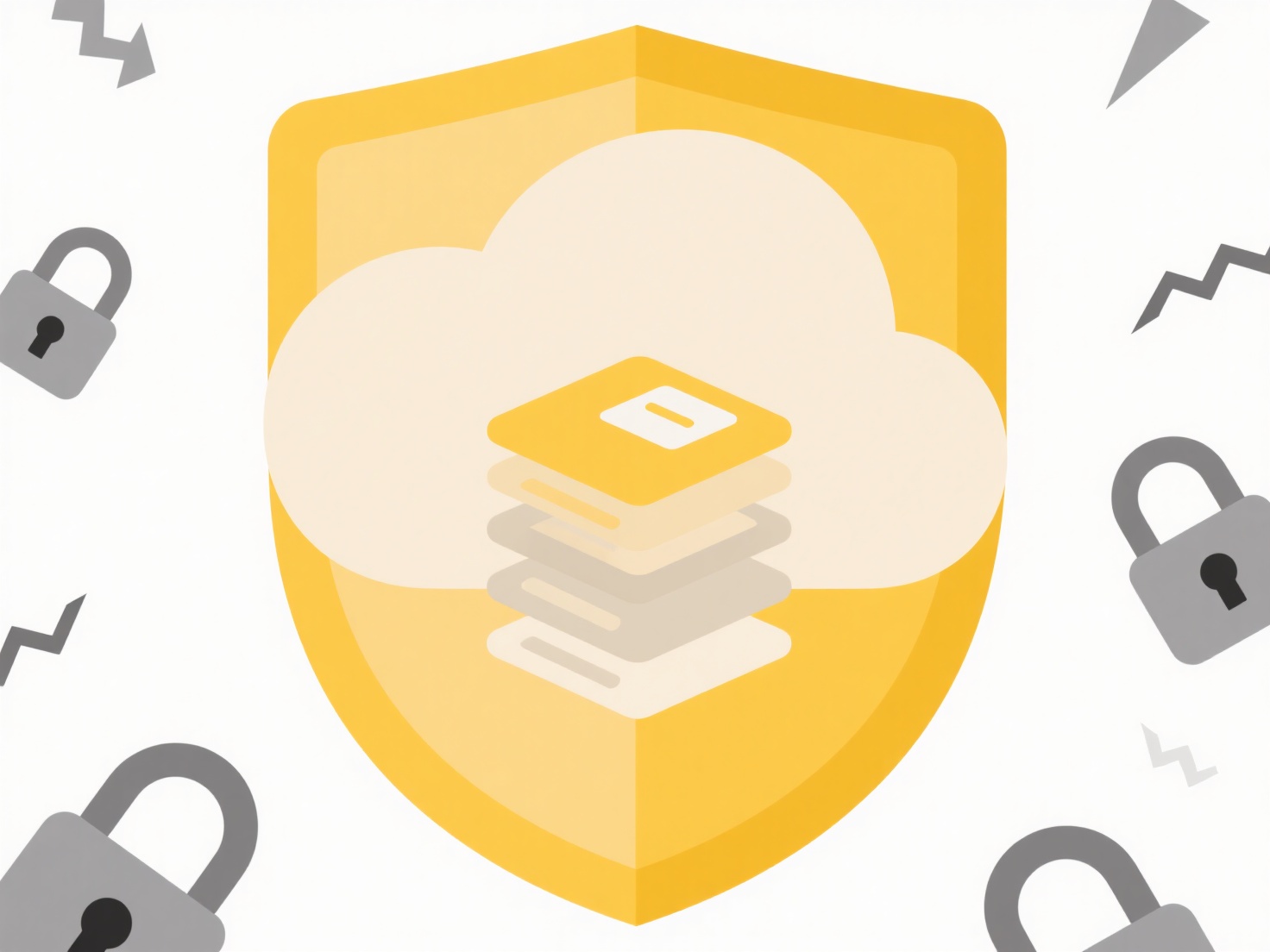
This typically occurs when the shared file isn't readily accessible within your personal storage areas. File sharing relies on specific access permissions granted by the sender, meaning the file often remains stored in the sender's location (like their cloud drive or team folder). It doesn't automatically copy the file into your individual account; instead, you gain access rights to view or edit the original file wherever it's stored, which differs from files you personally upload or create directly.

For instance, in workplace settings using platforms like Microsoft SharePoint or Google Drive, shared files usually reside in the owner's designated 'Shared with me' or 'Shared' section rather than your main 'My Drive'. Similarly, project files shared via a link in tools like Dropbox or Teams require you to open that specific link, as the file doesn't physically move into your local folders unless you explicitly download or save a copy.
Common limitations causing this include insufficient permissions set by the sender, the shared link expiring, file deletion after sharing, or notifications going to spam. Always verify the shared link was intended for you, check your email/spam folders for access notifications, and confirm if you need to navigate to the specific 'Shared' section within the app/website or request a fresh link from the sender if you suspect expiration or permission issues.
Why can’t I find a file someone shared with me?
This typically occurs when the shared file isn't readily accessible within your personal storage areas. File sharing relies on specific access permissions granted by the sender, meaning the file often remains stored in the sender's location (like their cloud drive or team folder). It doesn't automatically copy the file into your individual account; instead, you gain access rights to view or edit the original file wherever it's stored, which differs from files you personally upload or create directly.

For instance, in workplace settings using platforms like Microsoft SharePoint or Google Drive, shared files usually reside in the owner's designated 'Shared with me' or 'Shared' section rather than your main 'My Drive'. Similarly, project files shared via a link in tools like Dropbox or Teams require you to open that specific link, as the file doesn't physically move into your local folders unless you explicitly download or save a copy.
Common limitations causing this include insufficient permissions set by the sender, the shared link expiring, file deletion after sharing, or notifications going to spam. Always verify the shared link was intended for you, check your email/spam folders for access notifications, and confirm if you need to navigate to the specific 'Shared' section within the app/website or request a fresh link from the sender if you suspect expiration or permission issues.
Quick Article Links
How do I rename files on iOS or Android?
File renaming on iOS or Android refers to changing the name of a document, photo, or other file stored locally on your d...
Is it possible to spoof a file format?
File spoofing is possible and refers to manipulating a file to disguise its true format or content. This involves alteri...
How can I remove part of a file name in bulk?
Batch file renaming involves modifying multiple filenames simultaneously by automatically removing a specific portion of...